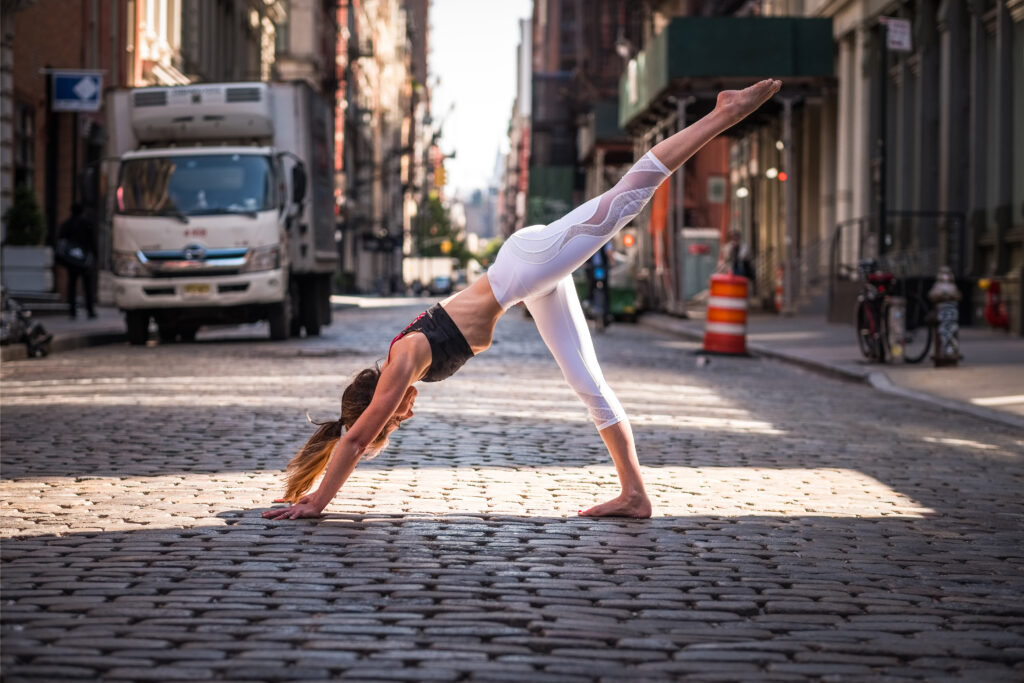With the desire to exercise outdoors on the rise, an increase in people playing tennis is to be expected, as people consider it to be rather COVID-friendly: you can maintain social distancing guidelines, and as long as both parties have clean hands, the only physical contact is hand-to-ball during serves. However, with increased time playing tennis comes an increased risk of developing tennis elbow, or lateral epicondylitis (LE). Lateral epicondylitis occurs when a person overuses the wrist extensors, which are located on the back of the forearm and attach to the outside of the elbow (lateral epicondyle of the humerus). The common extensor tendon, which attaches the muscles to the bone, gets inflamed and painful. Chronic overuse of the wrist extensors can cause the tendon to degenerate, at which point the diagnosis becomes lateral epicondylitis and is much harder to treat.
Tennis is often implicated in LE because the muscles of the forearm act to stabilize the wrist when the elbow is extended, such as during a groundstroke. However, people can develop LE by doing a multitude of activities that require repetitive use of the wrist and fingers into extension, including typing on a keyboard, using a mouse, painting, cooking, and also with manual labor occupations, such as painters, plumbers, carpenters, and auto repair people.
Symptoms of LE tend to come on gradually and include pain and tenderness in the lateral elbow and a loss of grip strength. Symptoms are worse during activity and ease with rest. Most cases of LE can be resolved with conservative treatment. If you find yourself suffering from LE, here are some home treatment strategies to try:
- Rest – If you’re able to take a break from the repetitive activities, do so. If not, a tennis elbow strap can be used and acts to transfer the area of stress away from the tendon.
- Wrist stretching – With the palms facing down, flex at the wrist (opposite of what we do during the RESET at the beginning of class), bringing the palm side of the hand closer to the forearm. You can use the opposite hand to provide a gentle overpressure. Do this with the elbow bent and straight, holding for 60 seconds. Pronating the forearm and internally rotating the shoulder deepens this stretch.
- Light eccentric strengthening – Holding a 1-2 lb weight (a can of soup works too!) and sit at a table with your forearm supported and hand hanging off the edge. Use the opposite hand to assist the wrist into extension, remove the assistance and hold for 5 seconds, and then SLOWLY lower the weight, bringing the wrist back into flexion (hand hanging below the level of the table). Do 3 sets of 10. Increase the weight resistance as tolerated.
- Soft tissue mobilization – Perform gentle massage along the muscles of the forearm, encouraging muscle length and release of the fascia. A light cross-friction massage of the tendon where it attaches to the elbow can help increase blood flow and healing to the area, but don’t overdo it!
- Neck and chest stretching – a lot of times pain in the elbow is directly related to what’s happening further up the chain. So stretching the muscles of the neck (upper trapezius, levator scapula, and scalenes) and chest (pectorals) can greatly decrease LE symptoms. Good posture is key as well!
Finally, if the injury is sports-related, you may want to have a professional (physical therapist or sports professional) take a close look at your technique and equipment. Having the proper gear and the most energy-efficient technique will greatly decrease the demand on the elbow. Having adequate strength in the shoulder girdle and core is also hugely important for the treatment and prevention of LE, so stay strong with your regular LYT™ yoga practice and I’ll see you on the mat! 🙂
Xoxo,
Kristin






